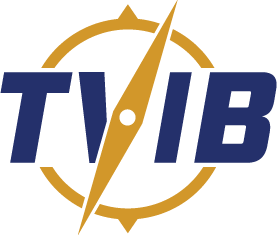USCG: MMC Application Package Submission Guidelines
09/24/2018
Excerpt from the Coast Guard Maritime Commons
“The National Maritime Center posted guidance on its website to help mariners submit a complete and accurate Merchant Mariner Credential (MMC) application package. These guidance documents are intended to aid mariner applicants in properly completing the CG-719B Application for MMC and the Evidence of Sea Service forms. To ensure mariners receive credentials within the NMC-stated processing goal of 30 days, proper submission of this documentation is essential.”
Click here to read the full post from the Maritime Commons.
Click here to read the MMC Applications Package Submission Guidelines.
